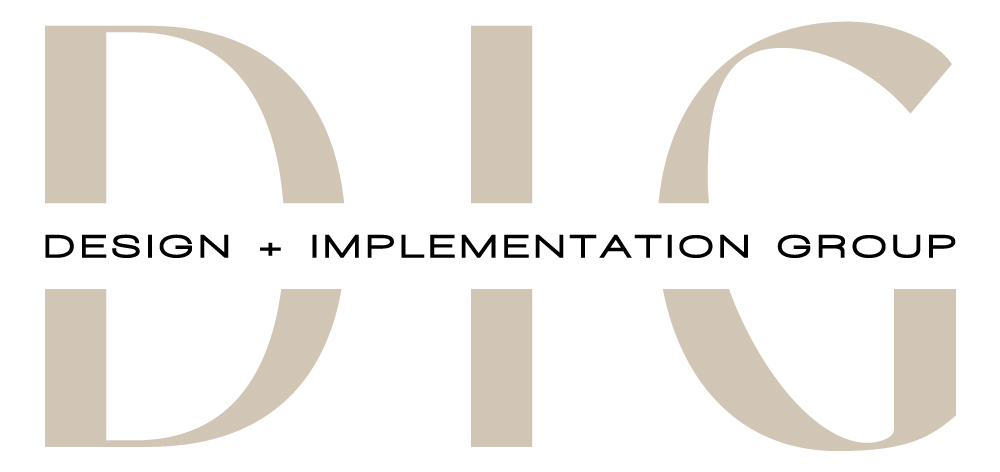Introduction
Interior design, often considered a secondary aspect of office environments, plays a far more significant role than one may initially consider. It forms the backbone of an effective, efficient, and aesthetically pleasing workspace – shaping everything from employee productivity to brand image. This extensive article aims to delve deep into the unsung power of interior design in office environments, bringing to light its numerous benefits and fundamental importance.
The Pervasive Impact of Interior Design on Productivity
The impact of interior design on productivity is profound and pervasive. The aesthetics and functionality of a workspace, shaped by its design, can significantly influence employee performance and overall company productivity.
The Facet of Comfort
Comfort is a critical aspect of office design that directly affects employee productivity. Workspaces that prioritize comfort can create an environment where employees feel relaxed and motivated, leading to increased productivity. Aspects like ergonomic furniture, optimal lighting, controlled temperature, and intelligently designed workspaces come together to create a comfortable atmosphere conducive to efficient work.
The Art of Reducing Distractions
A well-planned design plays a crucial role in minimizing distractions in the workspace. Noise pollution, visual distractions, and frequent interruptions can significantly hamper productivity. Strategic placement of workstations away from high-traffic areas, integrating noise-absorbing materials, and creating designated quiet zones are all elements of office design that can help reduce distractions and allow employees to focus better on their tasks.
Fostering Creativity: The Role of Stimulating Environments
Creativity and innovation are the lifelines of modern businesses. A stimulating office environment, created through thoughtful interior design, can foster creativity. Incorporating elements such as artwork, vibrant colors, unique furniture, and innovative design features can inspire employees, trigger new ideas, and stimulate creative thinking.
The Subtle Role of Colors in Office Design
Colors in an office environment can significantly influence mood, behavior, and productivity. For instance, blue is known to induce feelings of tranquility and increase productivity, while yellow can stimulate creativity. Thoughtfully choosing color schemes for different areas based on their intended use can create the desired emotional and psychological responses, leading to improved outcomes.
The Underrated Importance of Natural Light
Numerous research studies have shown the positive impact of natural light on human health and productivity. Exposure to natural light can improve mood, reduce stress, enhance alertness, and boost productivity. Therefore, incorporating ample natural light into office design should be a significant consideration.
The Impact of Interior Design on Branding and Corporate Identity
An office’s interior design serves as a tangible reflection of a company’s brand, values, and culture. A well-designed office can help attract potential employees and clients, as it sends a strong message about the company’s commitment to quality, creativity, and employee well-being. From the choice of materials and design styles to the use of brand colors and logos, every aspect of the office design can contribute to strengthening the corporate identity.
Conclusion
The unsung power of interior design in office environments extends far beyond aesthetics. It plays a pivotal role in shaping productivity, fostering creativity, enhancing employee well-being, and reinforcing brand identity. The impact of a well-thought-out office design should not be underestimated. As more businesses recognize the value of office design, it’s time to give interior design the recognition it deserves in the creation of effective, inspiring, and successful workspaces.





